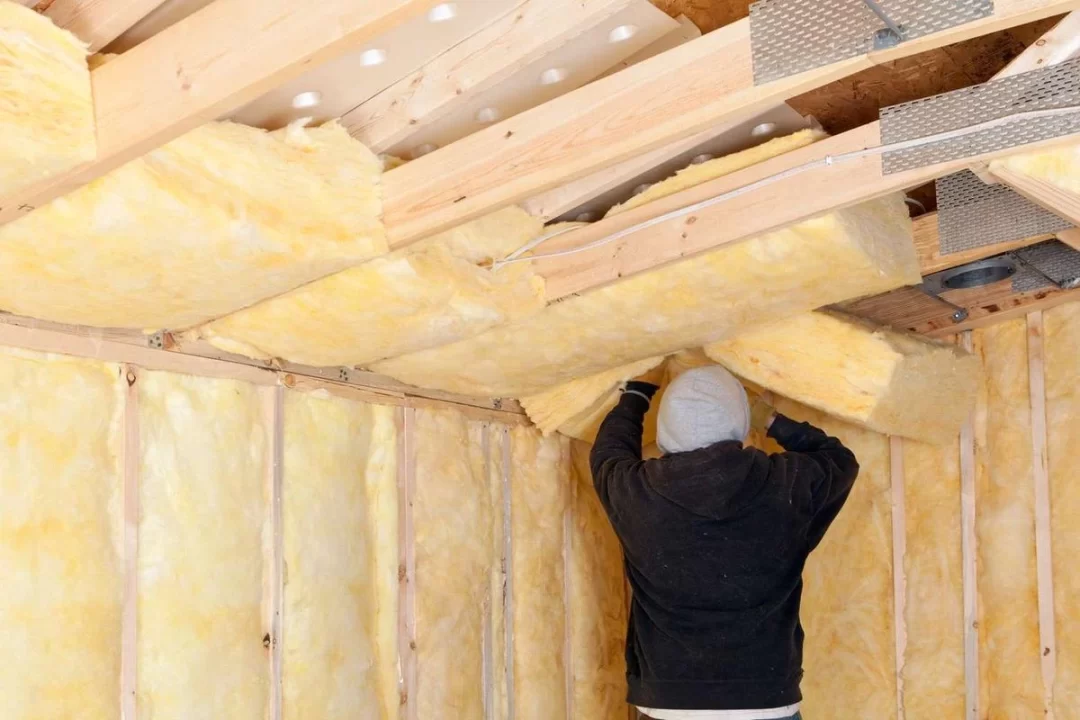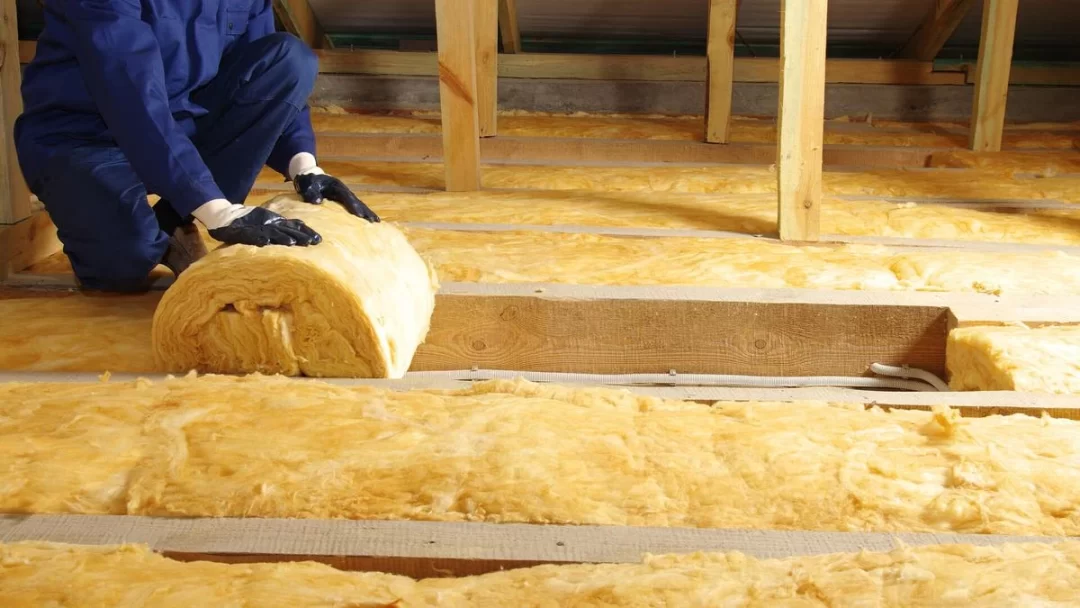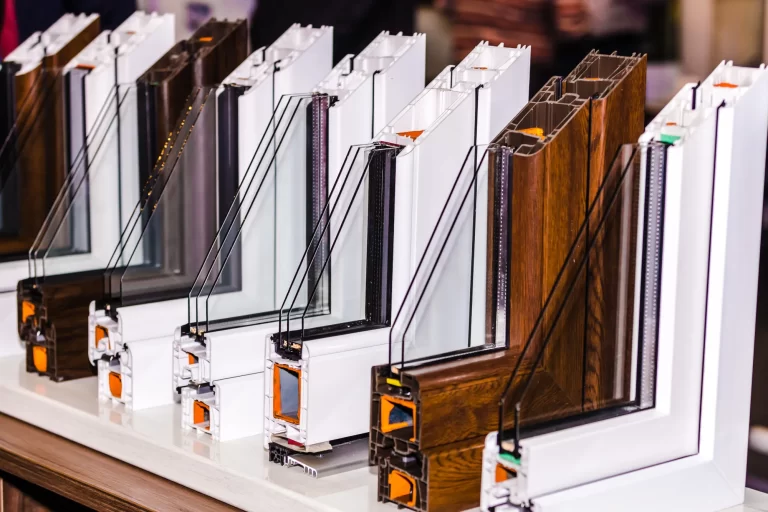What is Home Insulation? Importance/ Types/ How to Choose
Looking to learn about home insulation? This comprehensive guide covers everything you need to know about home insulation, including types, benefits, and installation. Get expert insights and practical tips to make your home more energy-efficient.

Understanding the Importance of Home Insulation
Home insulation plays a vital role in maintaining a comfortable indoor environment while minimizing energy waste. Here, we’ll delve into why it’s crucial to have a well-insulated home.
1. Energy Efficiency and Cost Savings
Proper insulation serves as a formidable barrier, preventing the transfer of heat between the interior and exterior of your home.
During hot summers, it works diligently to keep the cool air inside, and during chilly winters, it effectively retains warmth.
By doing so, your heating and cooling systems are not overburdened, resulting in significant energy savings and a noticeable reduction in your utility bills.
For example, consider how much energy is wasted when your air conditioner or heater constantly struggles to maintain a stable temperature due to poor insulation.
By investing in quality insulation, you can ensure your home remains energy-efficient, making it both eco-friendly and budget-friendly.
2. Enhanced Comfort
Imagine stepping into your home on a scorching summer day and finding a refreshingly cool environment awaiting you.
Similarly, during freezing winters, you’d want to escape the cold and enjoy a cozy living space. Good insulation allows you to achieve just that!
Insulation creates a consistent and comfortable indoor temperature, eliminating bothersome cold spots and drafts that can disrupt your comfort. No more shivering in one room while another feels like a sauna.
With proper insulation, every room becomes a haven of comfort, where you can relish every moment without discomfort.
3. Environmental Benefits
While the personal benefits of home insulation are already compelling, it’s essential to recognize the broader positive impact on the environment.
By reducing energy consumption, you play an active role in combating climate change and promoting a greener planet.
The energy we use in our homes often comes from burning fossil fuels, which release greenhouse gases into the atmosphere.
By consuming less energy due to efficient insulation, you effectively reduce your carbon footprint.
This means you’re contributing to the collective effort to combat global warming and preserve the natural beauty of our planet for future generations.
Types of Home Insulation
There are various types of home insulation, each with its unique properties and applications. Let’s explore the most common types:
1. Fiberglass Insulation
Fiberglass insulation is one of the most popular and widely used insulation options. It consists of fine glass fibers that are spun into batts or rolls.
This type of insulation is relatively easy to install, making it a cost-effective choice for homeowners.
Fiberglass insulation is known for its excellent thermal and acoustic insulating properties. It creates a barrier against heat transfer, helping to keep your home warm during winters and cool during summers.
Additionally, it offers soundproofing benefits, reducing unwanted noise from the outside.
2. Cellulose Insulation
Cellulose insulation is an eco-friendly option made from recycled paper products treated with fire-retardant chemicals.
It is particularly effective at filling gaps and irregular spaces, providing superior coverage compared to other insulation types.
One of the significant advantages of cellulose insulation is its fire resistance, adding an extra layer of safety to your home.
Additionally, it has excellent moisture resistance properties, preventing the growth of mold and mildew. Cellulose insulation is a sustainable choice that contributes to a greener environment.
3. Spray Foam Insulation
Spray foam insulation is renowned for its exceptional insulating properties and versatility.
It starts as a liquid and expands to fill even the tiniest cracks and gaps, creating a seamless and airtight barrier against air and moisture infiltration.
Due to its expansive nature, spray foam insulation provides a high R-value, making it one of the most efficient insulation options available.
It helps prevent energy loss, reducing your heating and cooling costs significantly. However, professional installation is essential for optimal results.
4. Reflective Insulation
Reflective insulation is designed to work with radiant heat. It is commonly used in attics, where it reflects radiant heat away from the living space, keeping your home cooler in hot climates.
This type of insulation is particularly effective in regions with scorching summers, as it complements other insulation types by reducing the load on your air conditioning system.
Reflective insulation can also act as a vapor barrier, preventing moisture from entering your home.
5. Foam Board Insulation
Foam board insulation, also known as rigid insulation, is made from materials like polystyrene, polyisocyanurate, or polyurethane.
It comes in various thicknesses and is an ideal choice for insulating foundations, basement walls, and roofs.
The high R-value of foam board insulation ensures excellent thermal resistance, making it a preferred choice in areas with extreme temperature variations.
Its rigid structure provides added strength and durability to the insulated surfaces.
How to Choose the Right Insulation for Your Home?

Selecting the right insulation for your home depends on various factors. Let’s go over essential considerations:
1. R-Value:
The R-value indicates an insulation material’s thermal resistance. In simpler terms, it measures how effective the insulation is in preventing heat transfer.
The higher the R-value, the better the insulation’s ability to resist heat flow. When choosing insulation materials, consider your climate and the desired level of insulation for different areas of your home.
Cold regions will require a higher R-value to keep the warmth in, while warmer regions might focus on preventing heat from entering the house.
2. Location and Application
Different areas of your home have varying insulation requirements. Here are some common types of insulation for specific locations:
I. Attics and Roofs
Reflective insulation, often made of aluminum foils, is ideal for attics and roofs. It works by reflecting radiant heat away from the living spaces, keeping your home cooler during hot summers.
II. Walls
For walls, batts or spray foam insulation are commonly used. Batts, made of fiberglass or mineral wool, are easy to install and provide excellent thermal performance.
Spray foam insulation, on the other hand, can fill gaps and voids, offering a seamless barrier against heat transfer.
III. Floors and Crawl Spaces
Fiberglass or foam board insulation is suitable for floors and crawl spaces. They help in reducing heat loss and drafts from the ground.
IV. Basements
Basements may require both wall and floor insulation. Fiberglass, foam board, or spray foam insulation can be used, depending on the basement’s construction and moisture levels.
3. Environmental Impact
If eco-friendliness is a priority for you, consider insulation materials with a high percentage of recycled content or natural materials. Some environmentally friendly insulation options include:
I. Cellulose Insulation
Made from recycled paper, cellulose insulation is an eco-friendly choice that provides effective thermal and sound insulation.
II. Wool Insulation
Derived from sheep’s wool, this natural insulation material is renewable, biodegradable, and has excellent thermal properties.
III. Cotton Insulation
Created from recycled denim, cotton insulation is a safe, sustainable, and non-toxic option.
Installation Process and Tips
Proper installation is key to achieving optimal insulation performance. Here are some essential installation tips:
1. Professional vs. DIY Installation
While some insulation projects can be DIY-friendly, others may require professional installation for the best results. Consider your skills and the complexity of the project before deciding.
2. Air Sealing
Before installing insulation, ensure that your home is adequately air-sealed. This step prevents air leaks, maximizing the insulation’s efficiency.
3. Safety Precautions
If you choose to install insulation yourself, take necessary safety precautions, such as wearing protective gear and using proper tools.
4. Hiring a Contractor
When hiring a contractor, ask for references, check reviews, and inquire about their experience with your chosen insulation type.
Conclusion
Home insulation is a crucial aspect of creating an energy-efficient and comfortable living space.
By understanding the different types of insulation, choosing the right materials, and ensuring proper installation, you can significantly improve your home’s energy efficiency while saving on utility bills.
Remember to consider professional help for more extensive projects and take advantage of tax incentives where applicable. With the right insulation, you’ll enjoy a cozy home and contribute to a greener environment.
READ ALSO!!!






I find it surprising that you can use insulation to keep your home warm and cozy during winter. My friend is interested in living close to the mountains because of how quiet it is there. I will talk to him about the benefits of house insulation before finishing his move.